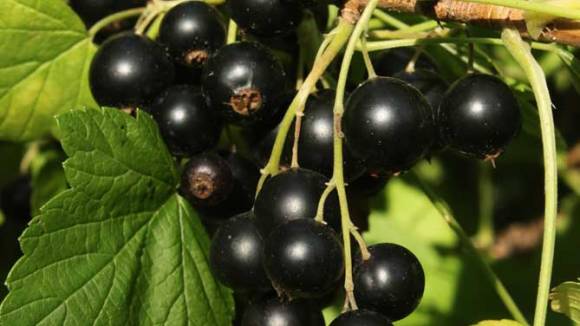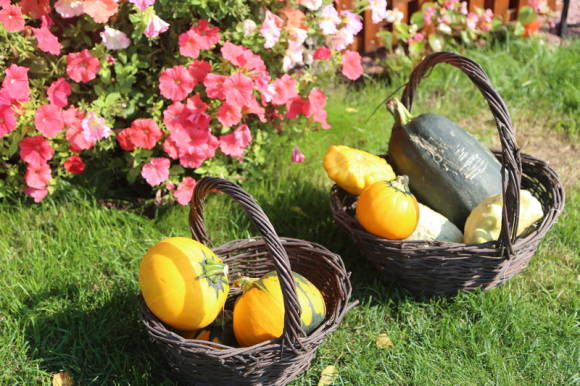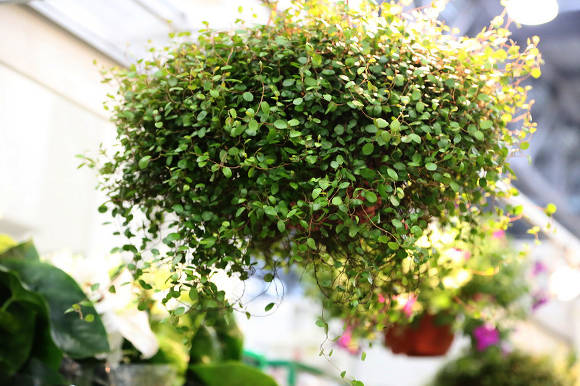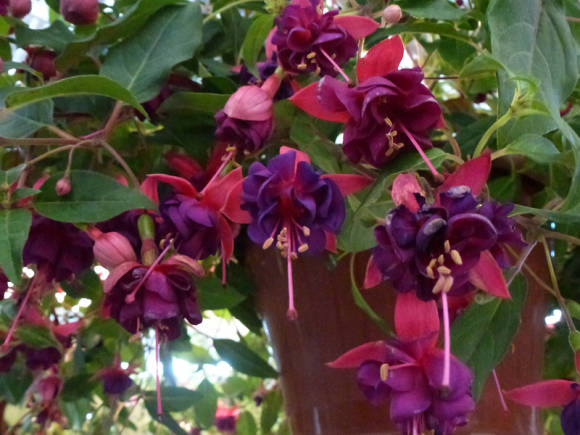 The homeland of beans is the tropical regions of Central and South America. This is one of the oldest plants cultivated by man. Thousands of years before Columbus discovered America in ancient Mexico, its inhabitants were grown along with corn, which served as a support for beans. Bean seeds were first brought to Europe by the Spaniards after the discovery of the New World.
The homeland of beans is the tropical regions of Central and South America. This is one of the oldest plants cultivated by man. Thousands of years before Columbus discovered America in ancient Mexico, its inhabitants were grown along with corn, which served as a support for beans. Bean seeds were first brought to Europe by the Spaniards after the discovery of the New World.
Beans came to Russia in the middle of the 16th century. However, in amateur gardens to date, vegetable beans have not been given the attention that they deserve due to their outstanding nutritional value.
Of the many types of beans, common beans are widespread, characterized by a wide variety: from bush, with a compact bush 20-40 cm high, to curly, with a stem length of up to 1.5 meters or more. All common varieties of vegetable beans have a compact bush that can be successfully grown even by the most uninitiated gardeners.
The stalk of the beans is herbaceous, branching at a low height from the base, often creeping. The length of the stem in bush forms of beans is from 20 to 60 cm. These forms complete the growth of the stem with the formation of inflorescences.
The taproot penetrates the soil to a shallow depth, most of the roots are concentrated in a soil layer 20-25 cm thick and spread in all directions from the main root within a radius of up to 50 cm. nitrogen from the air. Of the widespread horticultural plants, this quality, in addition to legumes, is possessed only by sea buckthorn.
Bean peduncles are located in leaf axils, flowers are self-pollinated, small, with white, pink or purple color, arranged in pairs on long pedicels in inflorescences from two to ten pieces.
Like peas, beans are divided into vegetable and grain beans. Of greatest interest are vegetable varieties with sugar beans, which are grown to obtain an 8-10 day old ovary (green shoulder blades).
Bean pods have different shapes, sizes and colors. In shape, they can be from xiphoid to crescent, rounded or flat in cross section. Their color can be light and dark green, sometimes with a purple spot or yellow. Yellow asparagus varieties are especially tasty and savory, especially when canned. The length of the pods of vegetable beans reaches 12-15 cm.
The bean pod contains from 4 to 10 seeds of various sizes, shapes and colors. The smallest seeds are found in fleshy, rounded beans. Seeds are white, light green, brown, black, variegated. Bean seeds remain viable for up to 5-6 years or more.
Unlike peas and beans, beans are a heat-loving plant. Its seeds begin to germinate when the soil warms up at a depth of 8–10 cm to 9–10 ° С, and the concurrent germination of seeds for 6–7 days occurs at a temperature of 18–22 ° С. Bean seedlings are very sensitive to spring frosts and die already at a temperature of minus 1 ° C. The optimum temperature for the development of beans is 23-28 ° C.
Too high temperatures depress beans, especially if accompanied by dry and strong winds. In such conditions, buds, flowers, and young ovaries can crumble. A sharp change in day and night temperatures is also undesirable for beans.
Beans are moisture-loving and demanding for soil aeration. Lack of moisture negatively affects the growth and development of beans. It experiences the greatest need for moisture during flowering and fruiting. With a lack of moisture at this time, the flowers fall off, and the beans are coarse, small, dry. Excess moisture retards the growth of plants, and sometimes leads to their death. But when sown in low, easily flooded areas during rains, beans seeds retain their germination capacity.
Beans are photophilous and belong to plants of short daylight hours.It requires good lighting, especially at the beginning of development, during the period of flowering and the formation of blades, the need for light is more moderate. And with a lack of light, the plants stretch out, which leads to a decrease in yield. Therefore, tall crops should not be sown next to it.
Well-lit by the sun and warmed up areas with reliable protection from the wind, clean from weeds, are taken under the beans. Plots should be level or with a slight slope. Low-lying areas that are exposed to frost are not suitable.
Of all legumes, beans are the most demanding on soil fertility. Climbing beans are especially demanding on soil and climatic conditions. Bush forms are less demanding.
The best soils for beans are light loams and sandy loam soils, rich in humus, with a neutral soil solution. If the soil is acidic, then it must be calcareous. Beans grow very poorly on heavy cold soils with a close occurrence of groundwater.
The best precursors for beans are all root vegetables and potatoes, as well as cucumbers, tomatoes, pumpkins, zucchini, and cabbage. Beans do not tolerate the neighborhood of onions, garlic, peas, fennel.
The beans can be returned to their original place after 3-4 years. In turn, in vegetable crop rotations, beans are one of the best predecessors for other crops. it improves the structure of the soil, enriches it with nitrogen, and helps to cleanse the soil from weeds.









